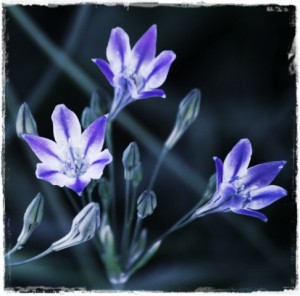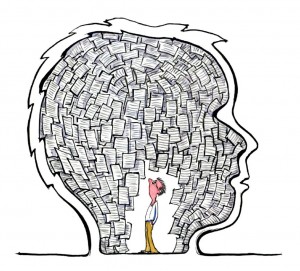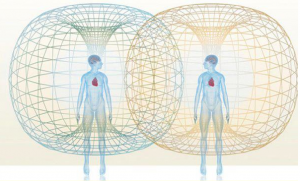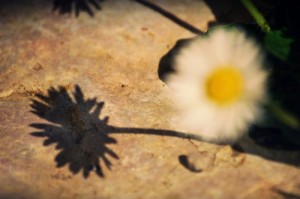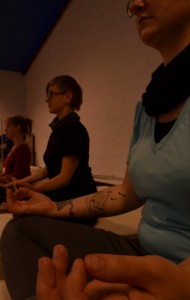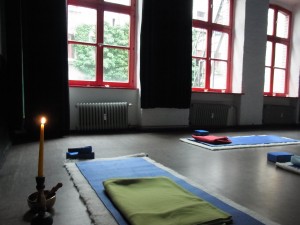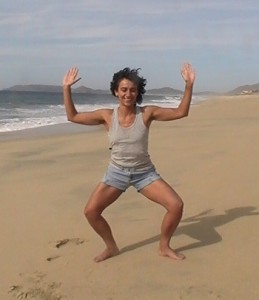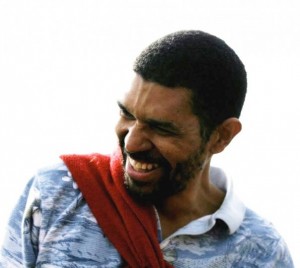What is Ayurvedic Healing?
In our last blog What is Ayurveda, we talked about the main parts and purposes of this ancient healing modality. Once you find out what are your doshas and have an idea of both your prakurti and vikruti, it may be time to start using this new understanding of your personal make-up to improve your overall health.
Ayurvedic treatments are varied but may include any and all of the following: custom food plans, daily routines, herbal remedies, poultices, pranayama breathing exercises and yoga as well as other therapies such as oleation, massage and chakra balancing. (It is important to note that Ayurveda is not meant to be a substitute for Western medicine. It is best used as a complement to the allopathic system.)
We are excited to be hosting Yasmin F. Gow this Sunday (July 21) at our yoga studio in Kreuzberg as she presents an Intro to Ayurveda workshop. This workshop is designed to help you to deepen your understanding of yoga, help you choose the best kinds of asana and pranayama practices for you and help you to further love, appreciate and listen to your own unique body.
Ayurveda and Yoga: The Ultimate Blend
“As a yoga teacher, studying Ayurveda and becoming a certified Ayurvedic practitioner has changed everything for me, from the way I eat to the way I teach. My understanding of yoga, its Eight-Limbs, and its healing process has deepened through the study of Ayurveda. Not only am I happier and more aware of my own personal needs, I am also increasingly sensitive to the needs of my yoga students and Ayurvedic clients. Ayurveda has shown me that no one diet or any one yoga practice is necessarily good for everyone. Success and healing lie in the art of creating a tailor-made routine for the individual and simultaneously empowering that individual to observe his/her own natural rhythms and make his/her own conscious choices to lead him/her towards health and happiness. In teaching yoga, I call this approach Sustainable Yoga for Long-term Happiness (SuYoLoh).”
-Yasmin Gow
Date & Time: Sunday, July 21, fom 13:00 till 16:30
Teacher: Yasmin Fudakowska-Gow
Cost: 20 € (15 € for current English Yoga Berlin students)
About Yasmin
Yasmin F. Gow, ERYT 500, has taught yoga for over a decade. She is also an accredited Ayurvedic practitioner and the producer of five yoga DVDs. In 2010, she completed 108 days of 108 sun salutations and became the first woman to break the Guinness World Records™ Record for the longest yoga marathon lasting 32 hours. This initiative raised thousands of dollars for charity and was featured in publications worldwide, including India’s national newspaper the Times of India. A former studio owner, Yasmin currently offers Ayurvedic consultations, leads workshops internationally and mentors others to reach great heights.




